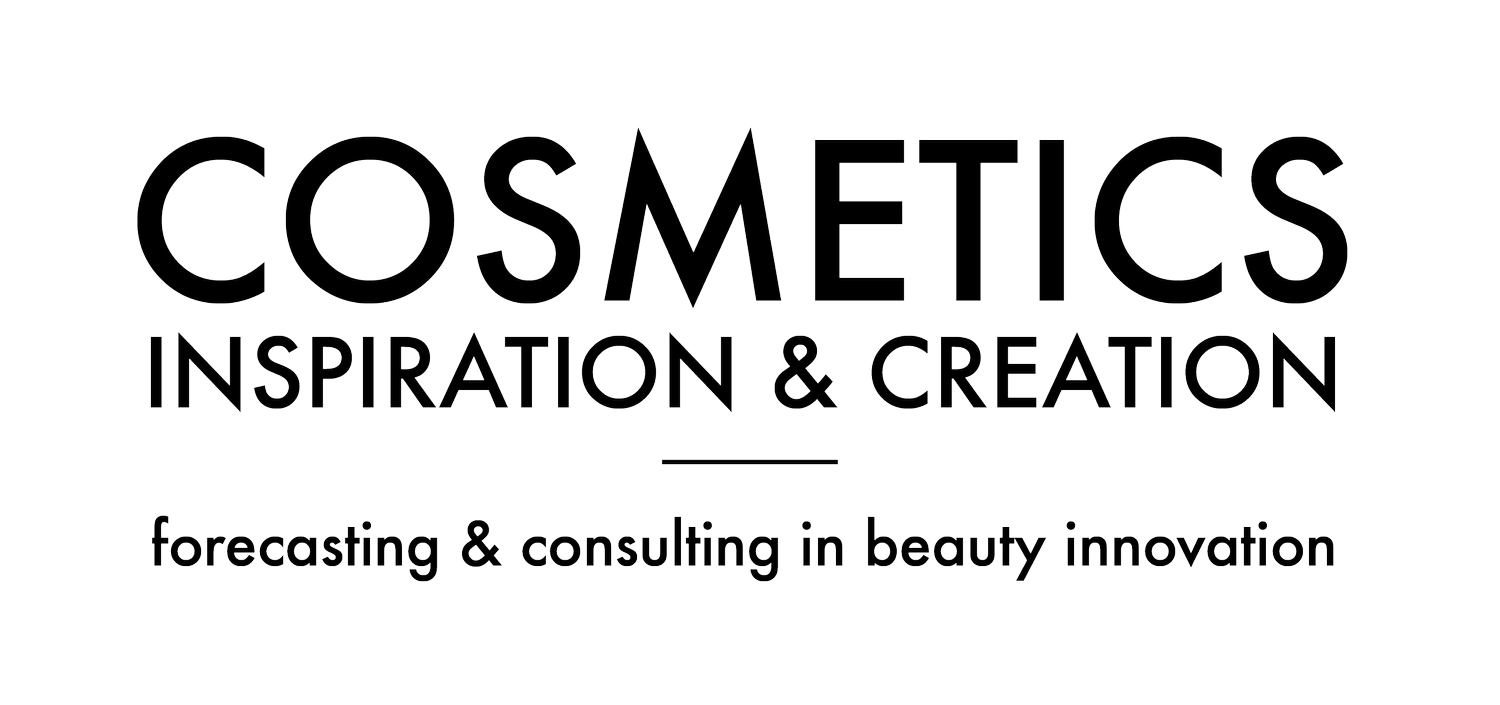Photo: Ron Lash via Pexels
In a world where 15% of the population are living with some form of disability and the number of people aged over-60 is set to double by 2050, it is now critical for brands to consider Adaptive Beauty as part of their strategy.
Representing a quarter of the population in the United States, people with disabilities hold an estimated spending power of $490 billion, yet their needs continue to be overlooked by many brands. Forward-thinking companies are beginning to bring solutions with adaptive products, tools and packaging that allow those with particular needs to be part of the Beauty conversation - without any concessions or limitations. We are already seeing early signs of a new approach to Beauty taking shape, where holistic empathy for all humans and for the planet is driving new product innovation and creative expression.
Beauty Brands can take inspiration from other industries, which are making accessibility a priority.
Innovation in adaptive fashion and sportswear
In fashion, Tommy Hilfiger’s Spring 2021 Adaptive Collection was designed specifically for adults and children living with disabilities. Nike has created a handsfree sneaker in the Go FlyEase, which works due to the tensioner band and bi-stable hinge holding the shoe in a steady open position. While Gen Z brand Rebirth Garment tackles accessibility through a body non-conformist lens, creating bold wearables and accessories for people on the full spectrum of gender, size and ability. Similarly pitching at a younger demographic Intimately is a new, trend-led adaptive lingerie brand that designs for individuals with reduced hand dexterity and shoulder mobility. There is also an Intimately mobile app where members of the disabled community can connect with one another.
Facilitating in-store access
Pantene have partnered with blind broadcaster and TikTokker Lucy Edwards for the launch of their new NaviLens codes on Pantene Miracles products and display shelving. NaviLens is like a next-generation QR code;. users download the NaviLens app to scan with their mobile camera to receive the distance to the product, along with the necessary information contextualized, in this instance product information including descriptions of the bottle shapes.
A Starbucks store located inside the Seoul National University Dental Hospital sets the tone for what truly adaptive retail can look like. The entire store, including back-of-house, is fully wheelchair accessible, and all staff are trained in basic Korean Sign Language. Other features include contactless speech-to-text voice recognition through a tablet, a Braille menu, and digital signage which lets customers track the progress of their order.
Amplifying its commitment to size and skin tone inclusivity, Savage x Fenty’s new Las Vegas flagship leverages tech to create a more inclusive and safer shopping environment. The store features Fit:Match AI technology, using an iPhone to scan a shopper’s body dimensions in a matter of seconds. The app then provides product recommendations based on the user’s size and shape, allowing them to purchase without having to try on in-store.
Adaptive Beauty underway
In Beauty, inclusivity and accessibility are also moving beyond the issue of skin color. Kohl Kreatives is a post-inclusive beauty brand specialising in tools supporting individuals with motor disabilities, transgender people and individuals going through, or recovering from, cancer treatment. The Flex Collection makeup brush set is tailored towards anyone with a motor disability or disease.
Olay has developed the open-source and unpatented Easy Open Lid to widen the accessibility of the brand’s moisturiser products. The lid has winged sides and a raised top with added texture for grip, higher-contrast product labels and Braille text. The lid was developed in consultation with physical therapists, occupational therapists, and UX experts to improve usability for people with a wide range of dexterity issues.
Adaptive Beauty is one of the trends we highlight in our latest USA Trend Report - The New State of Being. It is also one of the key highlights or our White Paper - The age of Fluidity - Trends 2022 and beyond.
Contact us for more information.


